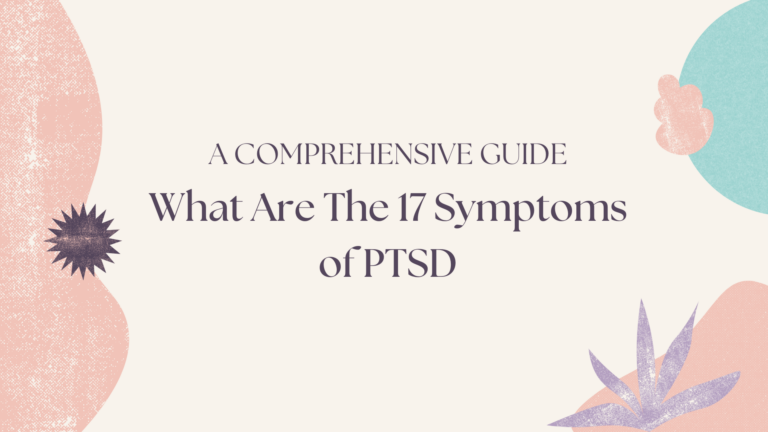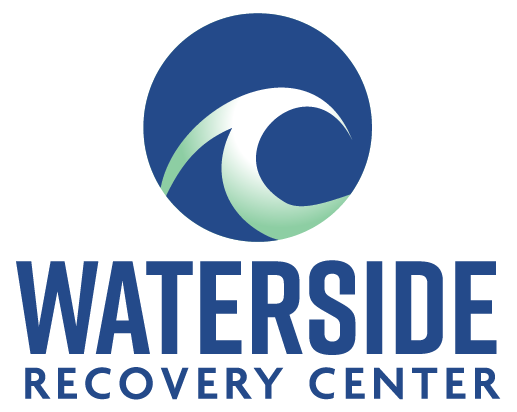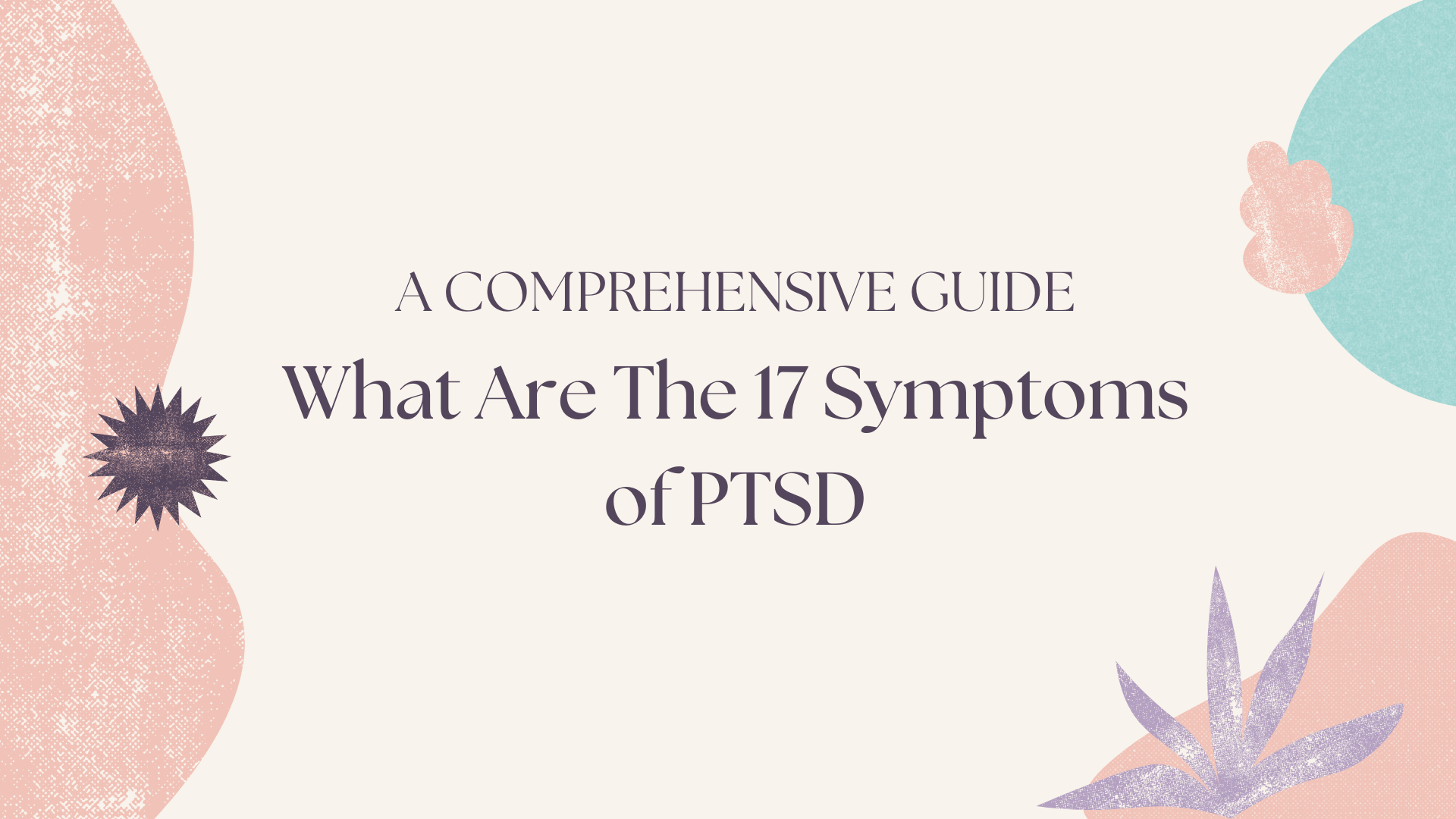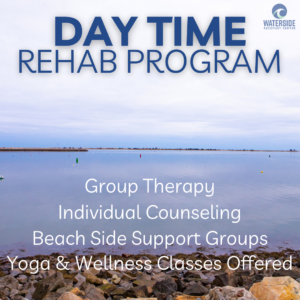
What Are the 17 Symptoms of PTSD: A Comprehensive Guide
Post-Traumatic Stress Disorder (PTSD) is a mental health condition that can develop after experiencing or witnessing a traumatic event. It is not uncommon for individuals who have experienced a traumatic event to develop PTSD, and it can affect anyone regardless of age, gender, or background. PTSD is characterized by a range of symptoms that can affect an individual’s daily life, relationships, and overall well-being.
There are 17 symptoms of PTSD that are categorized into four groups: intrusion, avoidance, negative alterations in cognition and mood, and alterations in arousal and reactivity. Intrusion symptoms include flashbacks, nightmares, and intrusive thoughts related to the traumatic event. Avoidance symptoms involve avoiding triggers that remind the individual of the traumatic event, such as people, places, or activities. Negative alterations in cognition and mood symptoms include feelings of guilt, shame, and hopelessness, as well as difficulty remembering the traumatic event. Alterations in arousal and reactivity symptoms include being easily startled, feeling tense or on edge, and having difficulty sleeping.
Understanding PTSD
Definition of PTSD
Post-traumatic stress disorder (PTSD) is a mental health condition that can occur after experiencing or witnessing a traumatic event. It is a type of anxiety disorder that can develop after exposure to a life-threatening event, such as combat, sexual assault, natural disasters, or serious accidents. PTSD can also develop after the sudden and unexpected death of a loved one.
The symptoms of PTSD can include intrusive thoughts, nightmares, flashbacks, avoidance behaviors, and hyperarousal. These symptoms can be severe and long-lasting, and can significantly impact a person’s ability to function in daily life.
Prevalence and Impact
PTSD is a common condition, affecting approximately 3.5% of adults in the United States each year. It is more common among veterans, with up to 20% of those who have served in combat experiencing symptoms of PTSD.
PTSD can have a significant impact on a person’s life, affecting their relationships, work, and overall quality of life. It can also increase the risk of other mental health conditions, such as depression and substance abuse.
It is important to seek help if you or someone you know is experiencing symptoms of PTSD. Treatment options, such as therapy and medication, can be effective in managing symptoms and improving overall functioning.
Core Symptoms of PTSD
Intrusive Memories
One of the core symptoms of PTSD is intrusive memories. This refers to the unwanted and distressing memories of the traumatic event that keep coming back to the person’s mind. These memories can be in the form of flashbacks, nightmares, or intrusive thoughts. The person may feel as if they are reliving the traumatic event, which can cause intense distress and anxiety.
Avoidance Behaviors
Another core symptom of PTSD is avoidance behaviors. This refers to the person’s efforts to avoid anything that reminds them of the traumatic event. This can include avoiding people, places, or activities that trigger memories of the traumatic event. The person may also avoid talking about the traumatic event or their feelings related to it.
Negative Alterations in Cognition and Mood
PTSD can also cause negative alterations in cognition and mood. This refers to the negative changes in the person’s thoughts and emotions after the traumatic event. The person may experience feelings of guilt, shame, or anger. They may also have negative beliefs about themselves, others, or the world. They may feel detached from others and have difficulty experiencing positive emotions.
Alterations in Arousal and Reactivity
The final core symptom of PTSD is alterations in arousal and reactivity. This refers to the person’s heightened state of arousal and reactivity after the traumatic event. The person may be easily startled, have difficulty sleeping, and have a heightened sense of vigilance. They may also have difficulty concentrating and may be irritable or easily angered.
Overall, these core symptoms of PTSD can have a significant impact on a person’s daily life and functioning. It is important for individuals with PTSD to seek professional help to manage their symptoms and improve their quality of life.
Assessment and Diagnosis
Diagnostic Criteria
To diagnose Post-Traumatic Stress Disorder (PTSD), a mental health professional will evaluate an individual’s symptoms against the criteria outlined in the Diagnostic and Statistical Manual of Mental Disorders, Fifth Edition (DSM-5). The DSM-5 outlines four clusters of symptoms that must be present for at least one month and cause significant distress or impairment in functioning:
- Intrusive thoughts, memories, or flashbacks related to the traumatic event
- Avoidance of reminders of the event, such as people, places, or activities
- Negative changes in mood or cognition, such as feeling detached, hopeless, or unable to remember important aspects of the event
- Increased arousal or reactivity, such as difficulty sleeping, irritability, or hypervigilance
To receive a diagnosis of PTSD, an individual must meet all of the criteria for at least one of the symptom clusters, as well as experience clinically significant distress or impairment in functioning as a result of their symptoms.
Professional Assessment Tools
In addition to evaluating an individual’s symptoms against the DSM-5 criteria, mental health professionals may use a variety of assessment tools to aid in the diagnosis of PTSD. These tools may include self-report questionnaires, clinician-administered interviews, and physiological measures such as heart rate variability or cortisol levels.
One commonly used self-report questionnaire is the PTSD Checklist for DSM-5 (PCL-5), which asks individuals to rate the frequency and severity of their PTSD symptoms over the past month. Clinician-administered interviews, such as the Clinician-Administered PTSD Scale for DSM-5 (CAPS-5), involve a structured interview with a mental health professional to assess an individual’s symptoms and determine whether they meet the diagnostic criteria for PTSD.
While assessment tools can be helpful in aiding the diagnosis of PTSD, it is important to note that they should not be used in isolation and should always be interpreted in the context of a comprehensive clinical evaluation.
Treatment Approaches
Psychotherapy Interventions
Psychotherapy is the most common treatment approach for PTSD. It involves talking with a mental health professional to identify and address the underlying issues that contribute to the symptoms of PTSD. The goal of psychotherapy is to help the person with PTSD process their traumatic experiences and develop coping skills to manage their symptoms. There are several types of psychotherapy interventions that have been shown to be effective in treating PTSD, including:
- Cognitive behavioral therapy (CBT)
- Eye movement desensitization and reprocessing (EMDR)
- Prolonged exposure therapy (PE)
- Cognitive processing therapy (CPT)
Pharmacological Treatments
Pharmacological treatments for PTSD involve the use of medication to alleviate symptoms. Medications may be prescribed to treat specific symptoms, such as anxiety or depression, or to improve sleep. The most commonly prescribed medications for PTSD are antidepressants, such as selective serotonin reuptake inhibitors (SSRIs) and serotonin-norepinephrine reuptake inhibitors (SNRIs).
Alternative and Supportive Therapies
Alternative and supportive therapies may also be used to help manage symptoms of PTSD. These therapies are often used in conjunction with psychotherapy and/or pharmacological treatments. Some examples of alternative and supportive therapies include:
- Yoga
- Meditation
- Acupuncture
- Massage therapy
- Art therapy
It is important to note that not all treatments work for everyone, and it may take some trial and error to find the right combination of treatments that work for an individual with PTSD. It is recommended that individuals work closely with a mental health professional to develop a treatment plan that is tailored to their specific needs.
At Waterside Recovery Centers we pride ourselves on providing the top addiction treatment in Massachusetts. With a range of evidence-based, client-focused and individualized treatment offerings, we are able to provide the ideal support for those seeking recovery from substance addiction. Please feel free to reach out to our help line at anytime.
(833) 985-4234





